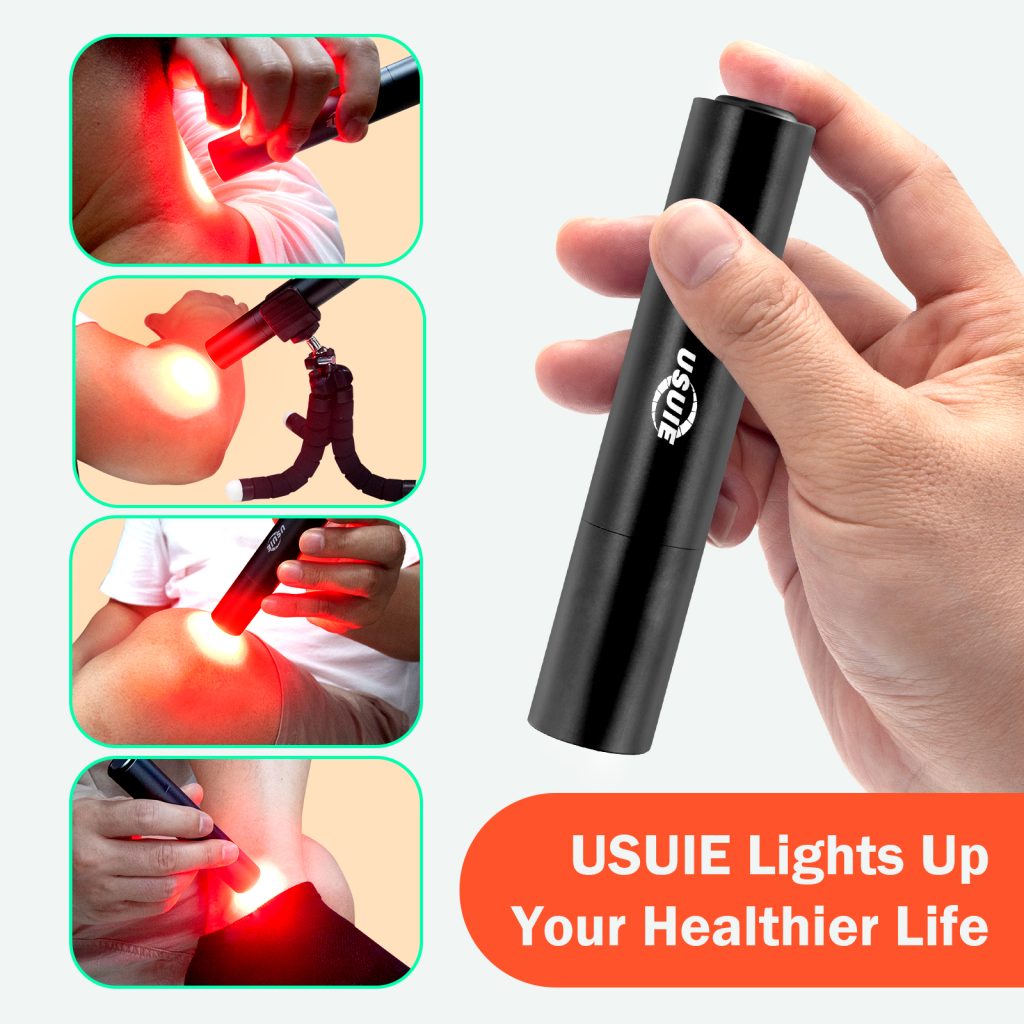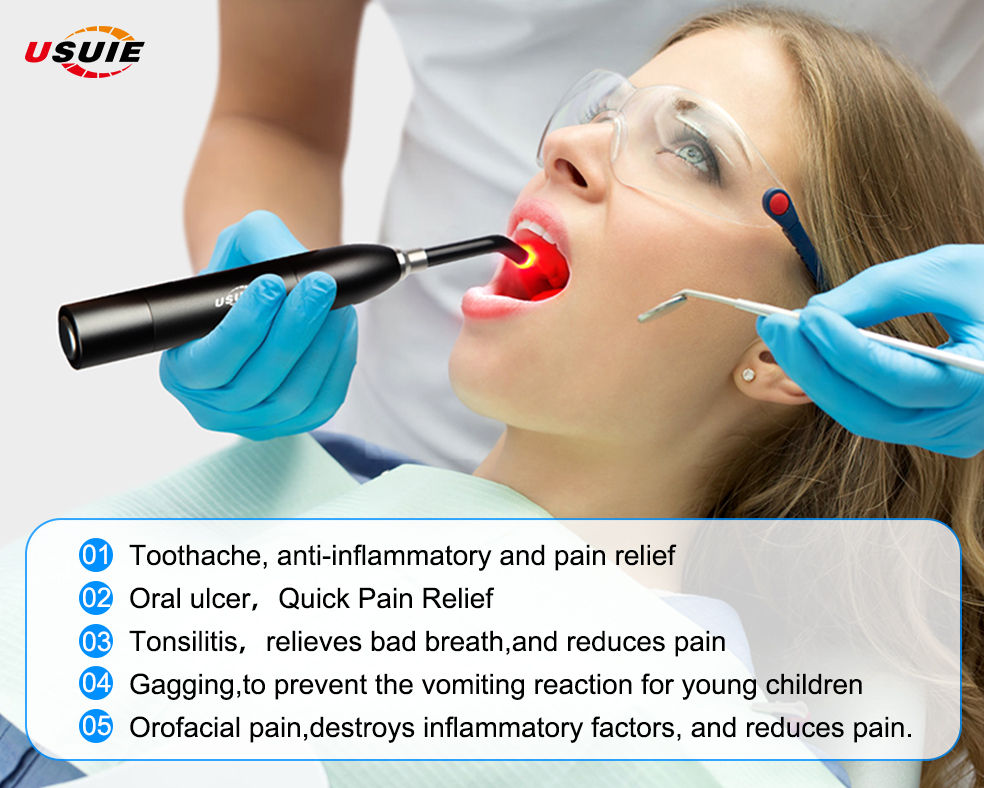In recent years, alternative approaches to health and wellness have gained significant traction, and among them, light therapy has emerged as a promising contender. One prominent facet of light therapy is red-light therapy. This non-invasive technique harnesses the power of specific wavelengths of light to promote healing and alleviate various health concerns. Distinct from other forms of light therapy, red-light therapy has garnered attention for its unique mechanisms and therapeutic applications.
Red-Light Therapy Explained
Red-light therapy, also known as low-level laser therapy (LLLT) or photobiomodulation, involves exposing the body to red or near-infrared light at specific wavelengths ranging from 630 to 880 nanometers. These wavelengths penetrate the skin and are absorbed by cells, particularly the mitochondria—the energy powerhouses of cells. The absorbed light energy stimulates cellular processes, promoting the production of adenosine triphosphate (ATP), which fuels various biochemical reactions essential for cellular function and repair. This process, in turn, leads to a range of potential health benefits.

Key Differences from Other Light Therapies
While various forms of light therapy share the fundamental principle of utilizing light to impact biological processes, red-light therapy distinguishes itself through its distinct wavelengths and therapeutic applications.
1. Wavelength Specificity
Red-light therapy utilizes specific red and near-infrared wavelengths that are particularly adept at penetrating deep into tissues. This penetration effectively targets cells and structures beneath the skin’s surface, making it suitable for addressing issues such as muscle recovery, joint pain, and even deeper tissue concerns.
2. Cellular Energy Boost
Red-light therapy primarily focuses on stimulating the mitochondria to enhance cellular energy production. It sets it apart from other light therapies with varying mechanisms, such as blue-light therapy for skin conditions or seasonal affective disorder.
3. Diverse Health Applications
Red-light therapy exhibits many potential applications. It has been studied for its efficacy in promoting wound healing, reducing inflammation, easing joint pain and stiffness, improving skin health, and even supporting hair regrowth. In contrast, other light therapies, such as ultraviolet (UV) light therapy for psoriasis, may have more specific applications.
4. Minimal Thermal Effects
Red-light therapy primarily influences cellular processes without generating excessive heat. It makes it a safer option compared to some other light therapies that might carry a risk of overheating or burning the skin.

Critical Use Cases of Red-Light Therapy
1. Skin Health
Red-light therapy has shown promise in enhancing skin health by promoting collagen production and reducing signs of aging. It can help diminish wrinkles, fine lines, and age spots, leading to a more youthful complexion.
2. Pain Management
Pain relief is one of the most researched applications of red-light therapy. Reducing inflammation and increasing blood flow can alleviate pain caused by arthritis, muscle strains, and joint injuries.
3. Wound Healing
Red-light therapy’s ability to accelerate wound healing is attributed to its capacity to enhance cellular metabolism and increase circulation. It has been used to treat diabetic ulcers, surgical incisions, and other types of wounds. By promoting tissue regeneration and reducing inflammation, red-light therapy aids in faster recovery and reduced scarring.

4. Hair Growth
Individuals experiencing hair loss or thinning may benefit from red-light therapy. The light energy stimulates hair follicles, potentially leading to increased hair growth and improved hair density.
5. Mood Enhancement and Mental Health
Research suggests that red-light therapy may positively impactood and mental health. Exposure to red or near-infrared light may stimulate the release of serotonin and endorphins, which are neurotransmitters associated with feelings of well-being and happiness. This effect has led to exploring red-light therapy as a complementary treatment for depression and seasonal affective disorder (SAD).
6. Painful Oral Conditions
Red-light therapy has been explored as a complementary treatment for oral conditions like cold and canker sores, reducing pain and speeding up healing.

7. Musculoskeletal Injuries
Athletes and individuals with sports-related injuries often use red-light therapy to promote healing in muscles, tendons, and ligaments, helping to reduce downtime. Athletes have also adopted red-light therapy to improve performance and expedite injury recovery. The therapy’s anti-inflammatory effects can help reduce muscle soreness and speed up the healing of sports-related injuries. Additionally, it may aid in muscle growth and enhance endurance.
8. Sleep Disorders
Emerging research indicates that red-light therapy might aid in regulating circadian rhythms and improving sleep quality, making it a potential tool for managing sleep disorders.
Conclusion
In conclusion, red-light therapy is a distinctive branch within light therapies due to its specific wavelengths, cellular energy-focused mechanism, broad applications, and minimal thermal effects. Its ability to penetrate deep into tissues and stimulate cellular function has prompted research into its potential benefits for various health concerns. While other forms of light therapy have their own merits, red-light therapy’s unique characteristics make it a promising avenue for clinical and home-based treatments, offering a novel approach to enhancing overall well-being and promoting natural healing.
